Our contemporary lives can be caught up in a welter of wanting; not the desire that romance writers get sweaty over, but the desire for stuff. Stuff rules.
Some of this is the shiny disposable goodies of fast consumerism, while some is actually rather costly, but once owned it quickly becomes just more background noise in our lives. That’s because, according to Glenn Adamson, we have lost the art of appreciation.
Adamson is a curator and design historian, and formerly director of New York’s Museum of Arts and Design, and head of research at London’s V&A.
“The reason that we have too many unsatisfying objects in our lives,” he says, “is that we don’t care enough about any single one of them.”
READ MORE
So how to fall back in love with the object? One way, which will make sense to collectors of both craft and antiques, is to immerse yourself in stories. And that doesn’t stop at items with a considerable financial value. A humble hand saw, says Adamson, can be a repository of “centuries of accumulated material intelligence”.
Adamson’s book, Fewer Better Things was published in 2018, and is well worth reading as an antidote to mass consumption cravings. Its author will be in Ireland this September for Making In, the annual series of conversations at Joseph Walsh’s Co Cork Studios.
Since the first sessions in 2017, Making In has hosted conversations with designers, architects, curators and makers including furniture designer John Makepeace; film maker David Puttnam; High Line architect Charles Renfro; glass maker Anike Tyrrell; hat designer Philip Treacy and more from around the world.
This year, the line up includes musician Martin Hayes; violin maker Jérémie Legrand; sculptor Kan Yasuda; artist Katherine Boucher Beug; Cloé Pitiot, curator at the Musée des Arts Décoratifs in Paris; and bell makers from the Pontificia Marinelli Foundry in Italy, the oldest in the world.
As in previous years, it will be moderated by Adamson, and this year, for the first time since Covid’s online iterations, and a smaller invited session in 2022, tickets are once again available to the public.
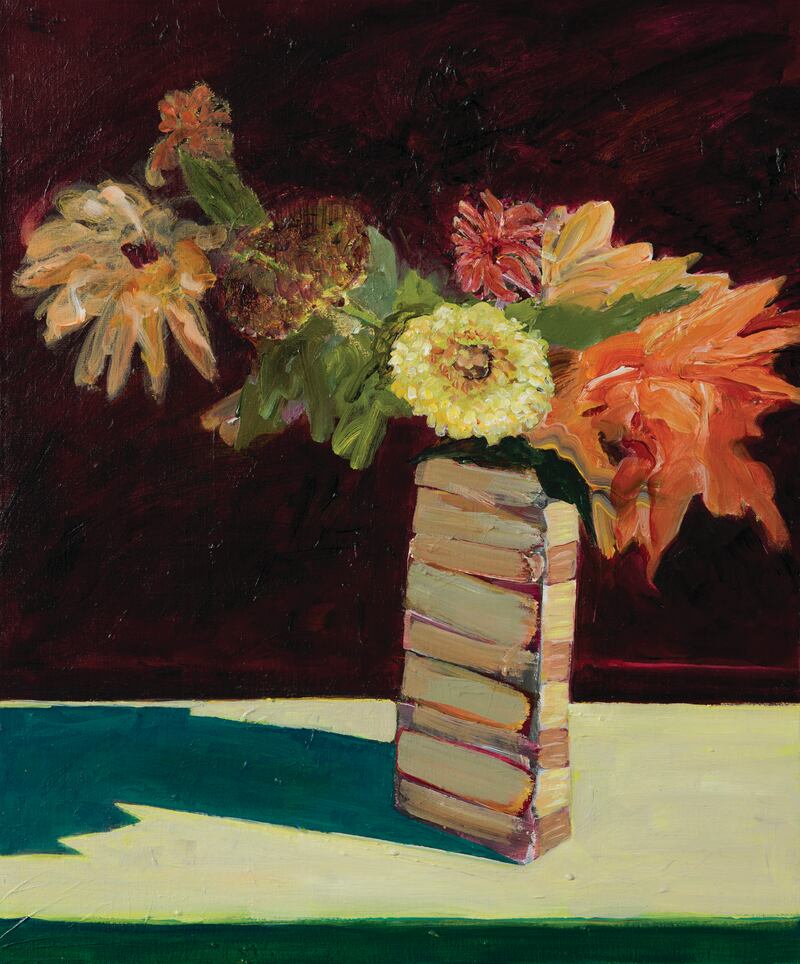
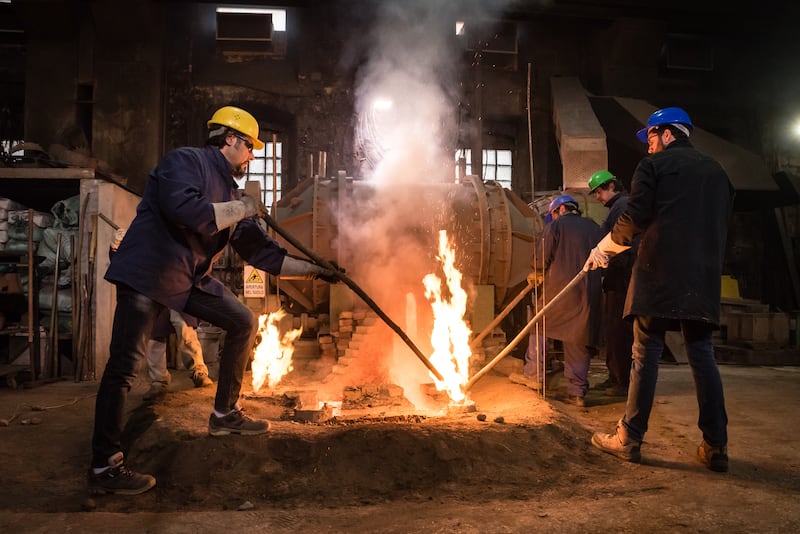
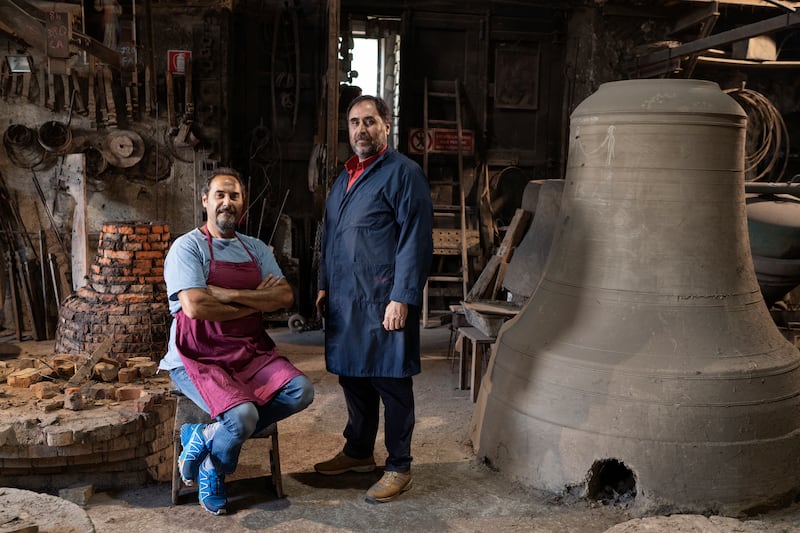
The conversations are fascinating but, as Adamson says, one of the draws is the Joseph Walsh Studio itself. It is on the site of the family farm, at Fartha, on the stretch between Cork and Kinsale. Many of the old buildings and cottages have been converted, and there is also a vast barn, in which teams of talented people work on Walsh’s extraordinary designs.
Alongside, architects O’Donnell + Tuomey have been designing pavilions, while huge and intriguing sculptures are dotted about. Adamson describes how the sense of place interlocks with the ideas generated during the talks.
“At a museum you’ll have the objects, and you’ll have programming and discussions around issues of craft, making, design, artistry. In studios, you’ll have the backstage making. Here you have the two things happening together, which is quite incredible.”
“It has grown very organically,” says Walsh. “We never set out to create something that would even go on this long, other than bringing people to Ireland that we felt were relevant to the conversation in Ireland. A workshop environment seems like a very open place to talk very honestly about making and design,” he continues.
“If I go to London or New York, to a museum or a university environment, there’s a tendency to focus on milestones and achievements and iconic projects. But when you’re in a workshop there tends to be more an acknowledgment of the honesty of making, of how difficult it can be to bring certain things together in a certain way.”
Hearing makers speak of “failures, happy accidents, and unforeseen circumstances bringing you to new and exciting results can be empowering,” he continues, especially for younger makers.
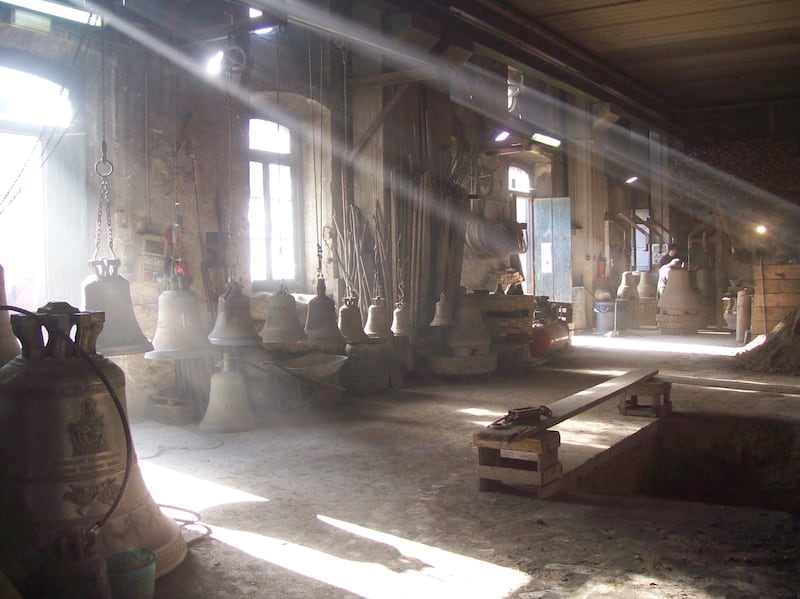
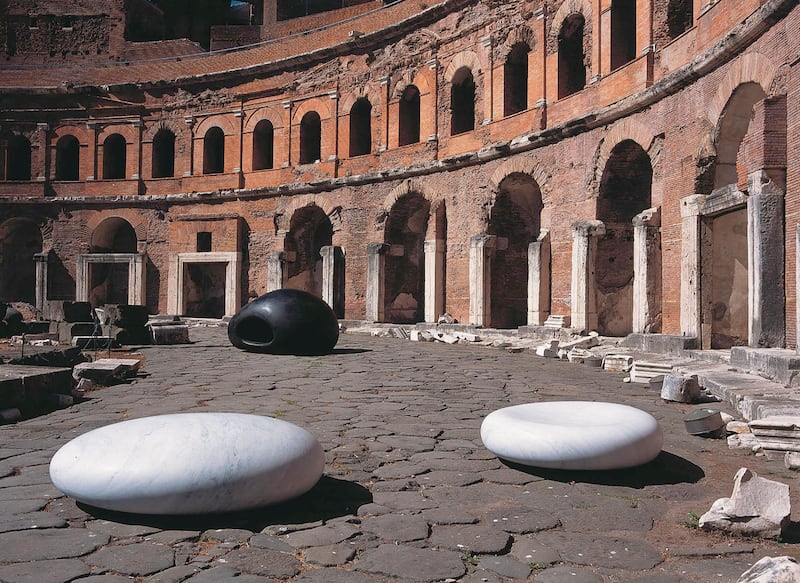
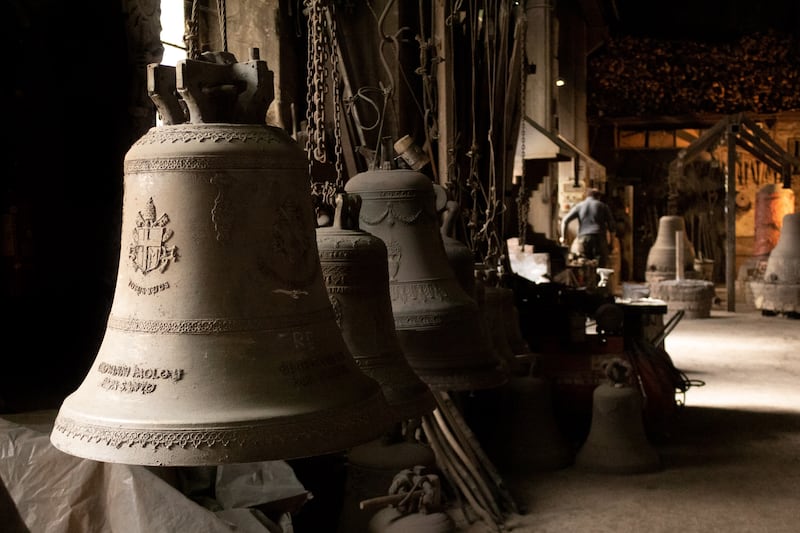
The theme for this year’s conversations is “Concert”, and while musicians and music makers are on the panel, including conductor Teddy Abrams, what they really mean is an exploration of the communities of thinking and making that it takes to create.
By extension it also includes the communities that it takes to continue the life, value and meaning of things through thoughtful use.
“It’s about collaboration and teamwork, the inclusivity and sense that people can participate in things,” says Adamson.
In Adamson’s telling, value may come from centuries of accumulated knowledge, legacy and craft, as is the case with Marinelli bells, or even, as he points out, from the brain power and association history that adds value to a mass produced commodity such as a Barbie doll. But it can also come from something as simple as a stone.
“Picking up a stone from a beach, like when you’re there with your child. You bring it home and are reminded of that day. In a way, that stone, even though it’s a free and completely natural object, has the same kind of emotional quality as the objects we’re talking about here. It’s not about what you paid for, it’s about what it means to you.”
Making In takes place on Saturday, September 2nd. For a full list of speakers, see makingin.org. Tickets €325 at eventbrite. Teddy Abrams conducts a group of Irish museums performing Aaron Copland’s Appalachian Spring at the Joseph Walsh Studio on Sunday, September 3rd. Admission is free, but tickets needed through eventbrite.














